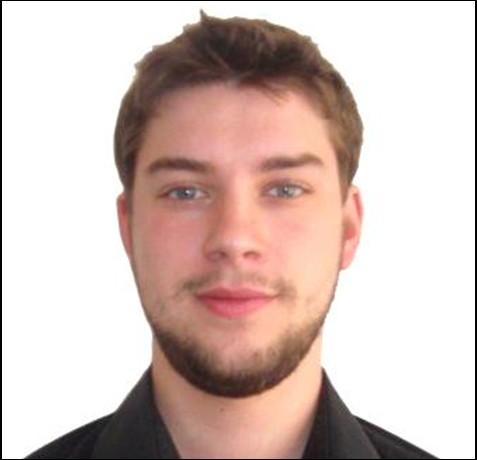Shape optimization of convective heat and mass transfer structures
Research Staff
Quentin Pelletier ([javascript protected email address])
Quentin is currently pursuing a PhD under the supervision of Dr. Tim Persoons and Dr. Carlos Rocha. He received a Master’s degree from Ecole Centrale de Lille and International Master in Turbulence in 2013. His M.S. research was on turbulence-induced noise generation and propagation which he conducted at Von Kármán Institute for Fluid Dynamics, Brussels.
Principal investigators
Dr. Tim Persoons ([javascript protected email address], Tel: +353 1 896 1936)
Dr. Carlos Rocha ([javascript protected email address], Tel: +353 1 896 3871)
This PhD research is a cross-disciplinary study based on the well-known parallel between convective heat and mass transfer, examining the similarities between optimal design of heat exchange structures (e.g., heat sinks and heat exchangers in engineering applications) and the evolutionary development and growth patterns of biological organisms in response to convective mass transfer from nutrient streams (e.g., deep water coral growth).
The aim is to set up a theoretical and numerical framework for shape optimization of convective heat and mass transfer structures, based on methods such as minimization of entropy generation [1,2]. The research will be representative for both fields – heat transfer in thermal engineering and mass transfer in marine biogeochemistry. The goal is twofold: (i) To derive an optimal design methodology for heat sinks in given flow field conditions inspired by biological growth dynamics, and (ii) to further the understanding of local mass transfer characteristics and their impact on the growth of representative biological systems such as deep water coral reefs.

The study comprises both numerical analysis using computational fluid dynamics and numerical optimization, and experimental testing and validation on laboratory scale heat transfer models and coral polyps in nutrient flow. These experiments are conducted in the laboratories of the Schools of Engineering and Natural Sciences using state-of-the-art equipment and instrumentation.

By studying the mass transfer dynamics and evolutionary optimization in nature [3], this crossdisciplinary research may provide new ways to improve energy efficiency and minimize material usage of cooling systems, e.g. for large-scale ICT infrastructure such as data centres and telecommunication systems [4].
[1] A. Bejan, Shape and Structure, from Engineering to Nature, Cambridge University Press, 2000
[2] J.R. Culham, Y.S. Muzychka, IEEE Trans. Components and Packaging Technologies, Vol. 24, pp. 159-165, 2001
[3] A. Stevenson, C. Rocha, Deep Sea Research Part I: Oceanographic Research Papers , Vol. 71, pp. 73-78, 2013
[4] S. V. Garimella, T. Persoons, J. Weibel, L.-T. Yeh, Technological drivers in data centers and telecom systems: Multiscale thermal, electrical, and energy management, Applied Energy, Vol. 107, pp. 66-80, 2013

